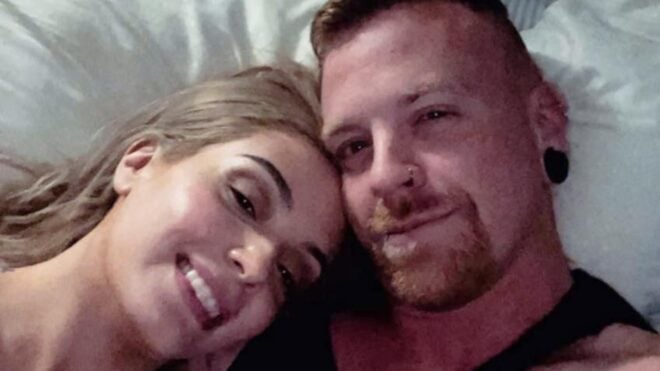What color are your eyes?
They might be brown, blue, green, or another hue that's a combination of these. Maybe you even make it look like your eyes have changed color by using clever eye makeup hacks like this one.
Although we look into our own eyes and the eyes of other people all day long, we rarely stop to think about how why we have the color eyes we do and what that means about who we are and where we come from.
Although not quite as unique as fingerprints, eye color variety is still an amazing human trait, especially when you realize that there was a time when all of us shared the same eye color!
In the early days of the human race, scientists say that we all basically had brown eyes. But then one day something crazy happened in Europe, and slowly but surely different eye colors worked their way into the human gene pool.
Scroll through below to learn more about what triggered the appearance of blue, green, and hazel-colored eyes, as well as what your own eye color might say about you!
In the beginning, brown eyes were the only option.
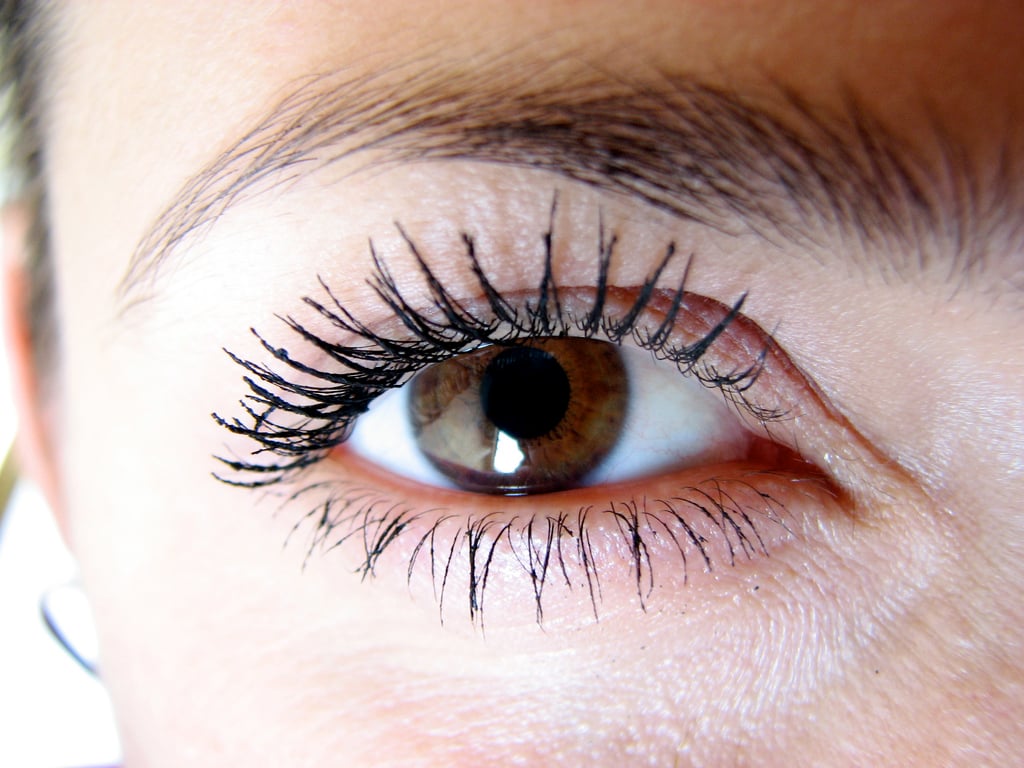
"Originally, we all had brown eyes," Hans Eiberg, from the Department of Cellular and Molecular Medicine at the University of Copenhagen, tells LiveScience.
But then, between 6,000 and 10,000 years ago, something happened.
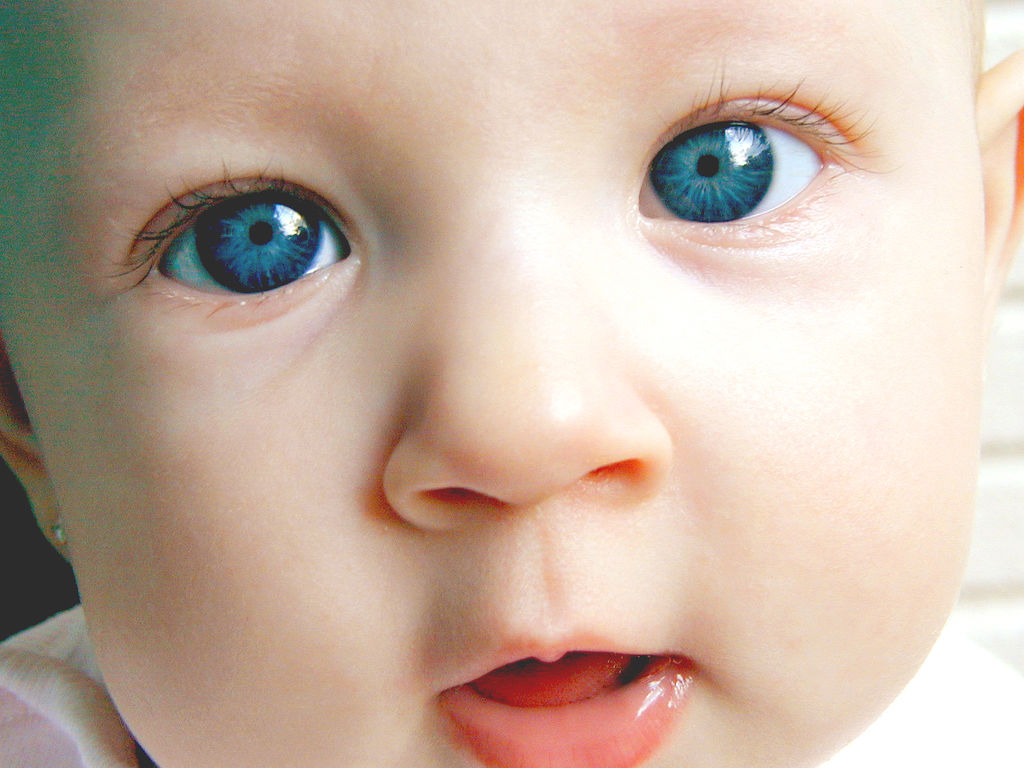
For some reason, a genetic mutation occurred.
This particular mutation affected the so-called OCA2 gene, which is involved in the production of melanin, the pigment that gives color to our hair, eyes, and skin.
Because of this mutation, the OCA2 was partially switched off, which reduced the production of melanin in the iris.
The effect diluted the normal brown color of the eyes, and the first blue-eyed person was born.
Imagine how surprised his or her parents were to find themselves holding a baby with eyes they'd never seen before!
Blue eyes only survived during evolution because they were considered an "advantage."
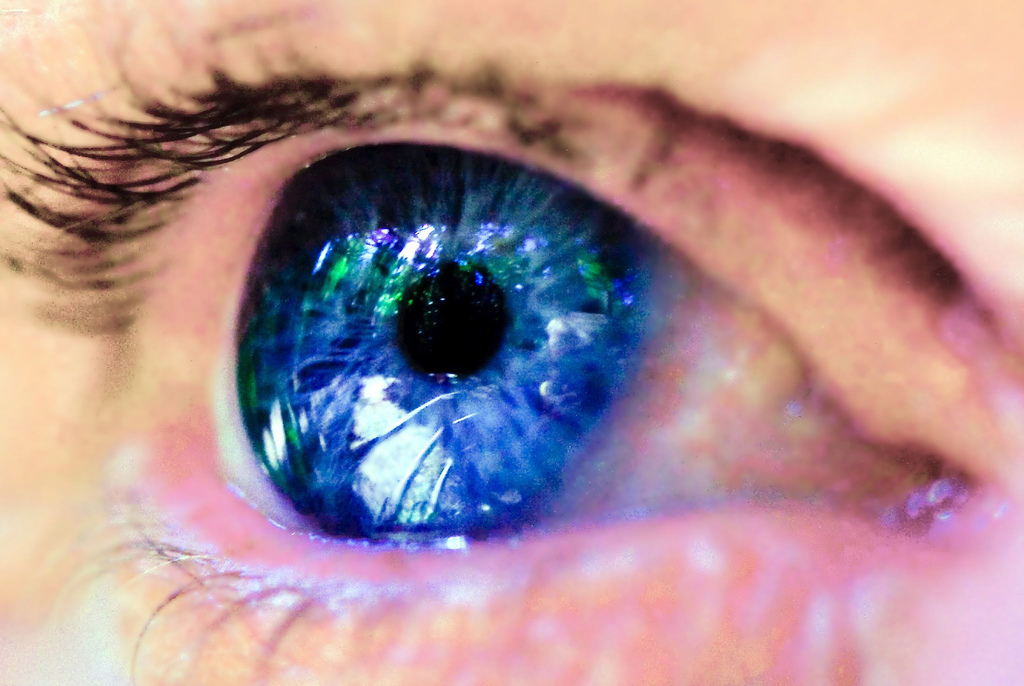
Stanford Genetics blog The Tech explains more about this ancient eye-color phenomenon:
"The fact that blue eyes appeared out of nowhere isn’t that weird… Our DNA is much less stable than a lot of people think. Changes in DNA (or mutations) can and do happen all the time so it isn’t surprising that occasionally one will happen in just the right place to cause blue eyes."
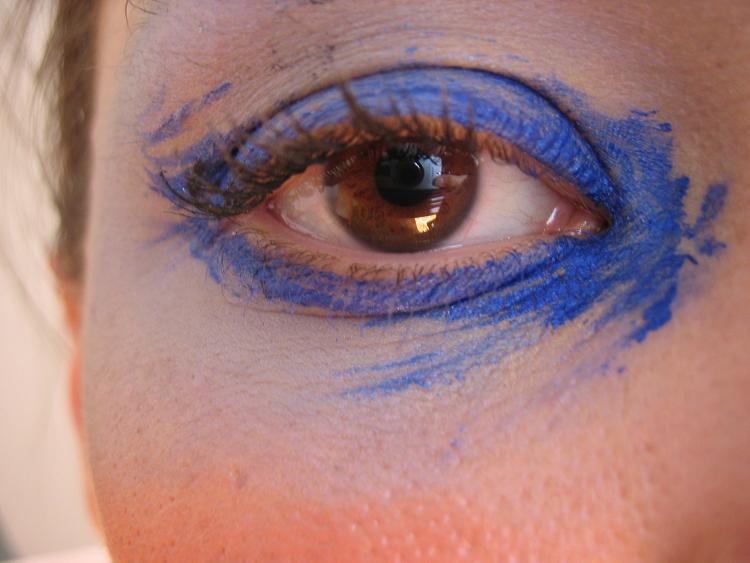
The truly weird part, according to The Tech, is that instead of remaining rare or dying out, the blue eyes mutation continued to grow and spread.
"Usually this means that the mutation had to have an advantage. If it didn’t, then like most neutral mutations, it would stay at some low level or disappear entirely."
But it didn't disappear, which means even though European humans were probably very surprised to see blue eyes initially, they decided it was a desirable trait rather than a scary one. Those who had blue eyes were considered desirable mates, thus upping the chances that more blue-eyed people would be born.
Eventually it became the common eye color we know today.
Why are some babies born with blue eyes that change later?
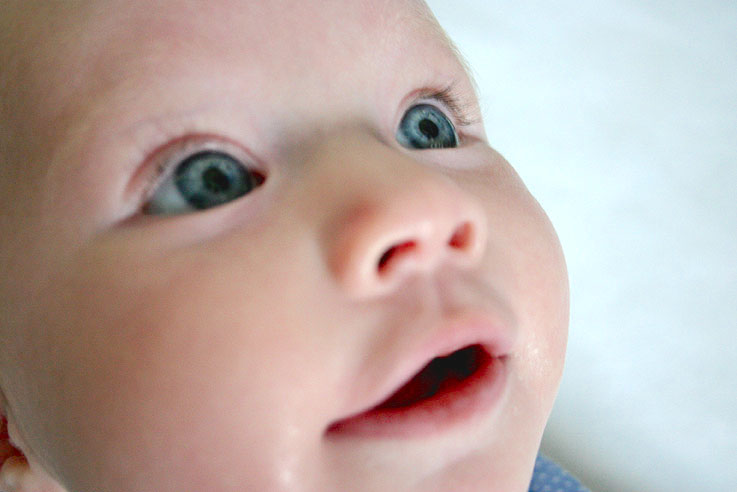
Many, but not all, babies — especially those of European descent — seem to be born with blue eyes.
Often, Mom, Dad, and all of the relatives spend the first few months debating whether they'll stay that color or change to something else.
The reason for this potential transformation is that melanin, a pigment usually present in low quantities at birth, develops with age. Without this melanin at birth, a baby's eyes are lighter and can appear blue. This is why we call them "baby blues."
By the time they're three, a child's eyes will have changed to their permanent color.
What about the other colors, like green, gray, and hazel?
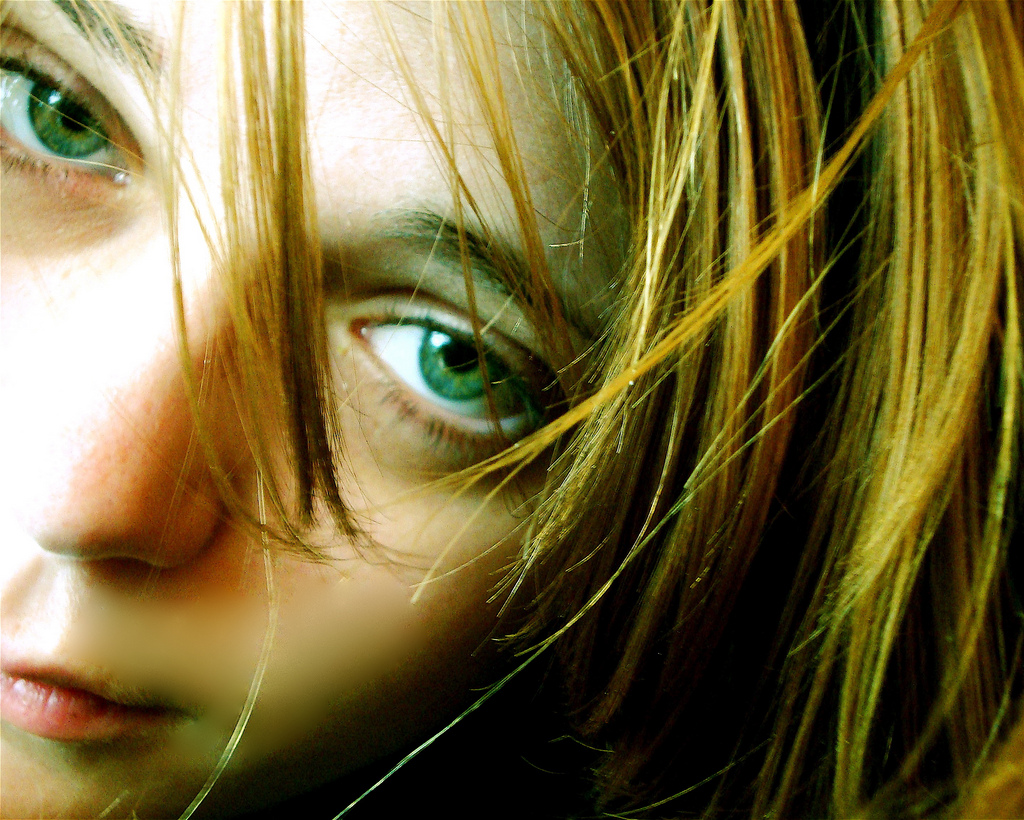
Thanks to many advances in science, we now know that it's not only the OCA2 gene that controls eye pigment. There's also another gene in the mix — something called HERC2 that often influences the formation of green and hazel eyes.
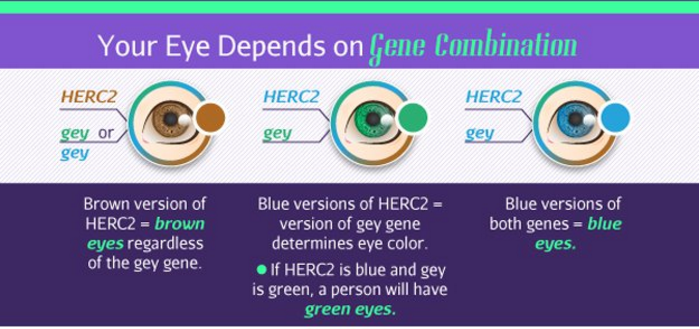
As you can see in this chart, the combination of OCA2 and HERC2 genes contributed by your parents is ultimately what decides your eye color.
All of this complicated genetics is why eye colors other than blue or brown are considered rare.
Only about 2 percent of the world's population has green eyes — which is only 140 million people.
What does your eye color mean?

Scientists at Orebro University in Sweden studied 428 subjects to see if their personalities were linked to the irises in their eyes.
They discovered that our eye color is affected by the same genes that form our frontal lobes, thus there are distinctly shared behaviors in people with similar irises.
Click here to find out what your specific eye color says about your personality!
What color are your eyes? Tell us in the comments.
Please SHARE with someone whose eyes you love to look at!


